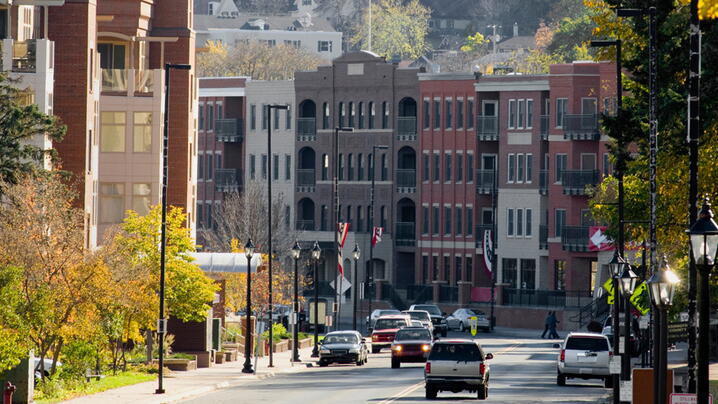McCordsville, Indiana<br />When a town manager is engaged and monitoring events that can affect her jurisdiction, changes can be managed with little disruption or opposition. This is evidenced by the successful annexation of about 1,000 acres of land and five miles of road by McCordsville, Indiana, that helped the mostly residential community respond to and prepare…
Morgantown, Kentucky<br />As the first CAO in Morgantown, KY, Jerrod Barks was facing some serious challenges for the town of 2,500 that lost 60 jobs and was saddled with a large amount of debt when Kentucky Copper went bankrupt. But instead of guessing or acting on anecdotal information, he conducted a survey, researched deeply, and came up…

ICMA Strategic Partner Buxton provides us with their key takeaways from their Retail Real Estate Outlook report.
Seeking examples of communities that leverage funding from multiple federal programs to advance a local or regional economic development strategy.
Chambersburg, Pennsylvania<br />If anyone were to doubt that being a professional manager is akin to the role of a corporate chief executive officer, one need only to look at Chambersburg, PA and the scope of ongoing and completed projects accomplished in recent years. From operating its own utilities, implementing award-winning “green’ programs, and launching plans for…

What Local Government Can Do to Support This Vital Economic Engine
Downtown After Dark is a collaborative effort among the City of Fort Collins (Colorado), Fort Collins Police Services, Colorado State University and Downtown Fort Collins organizations and businesses focused on prevention and education efforts to mitigate safety and nuisance issues in the Downtown area.
Municipal governments are leading the public sector in the development of innovative models for civic engagement, service delivery, and transparent systems. Learn how Fort Collins has expanded that premise to re-envision the central role of the City as a Platform to support innovation and co-creation with the community and business partners.
